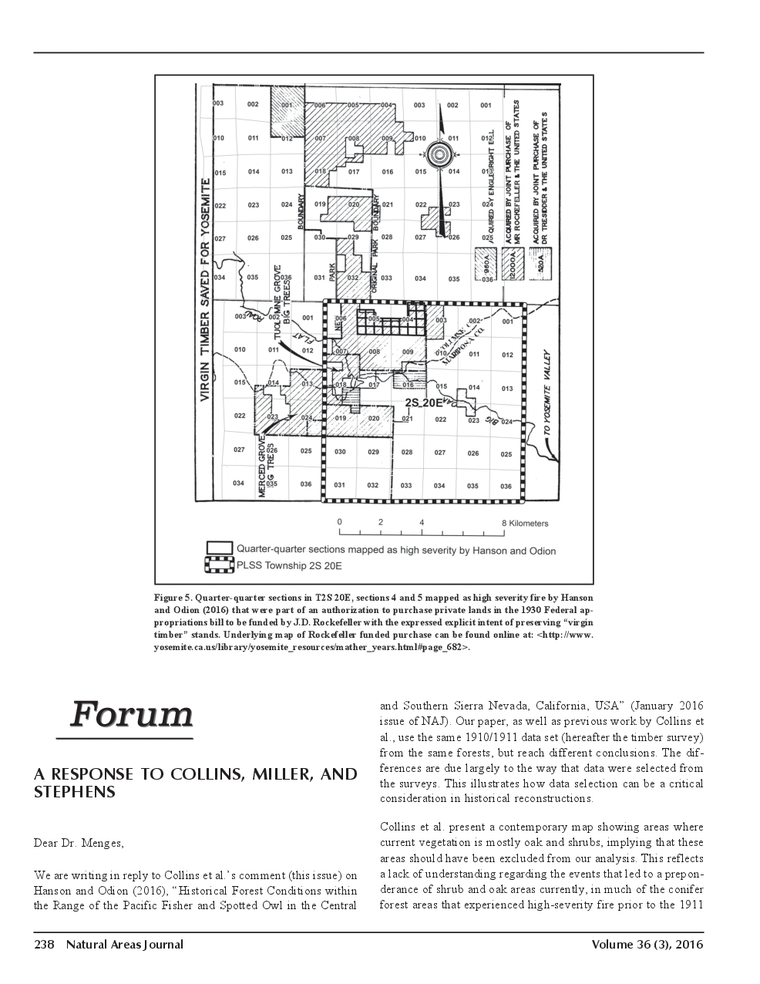The Truth About "Thinning"
Public land agencies like the U.S. Forest Service, and in some cases the National Park Service, are selling public trees to private logging companies by the millions-and these agencies are keeping the revenue to enhance their budgets.
These agencies use euphemisms like "thinning" to promote these logging projects, implying that removing many or most of the trees from forests will curb wildfires and ultimately save trees. But they do not account for the trees killed by "thinning" itself.
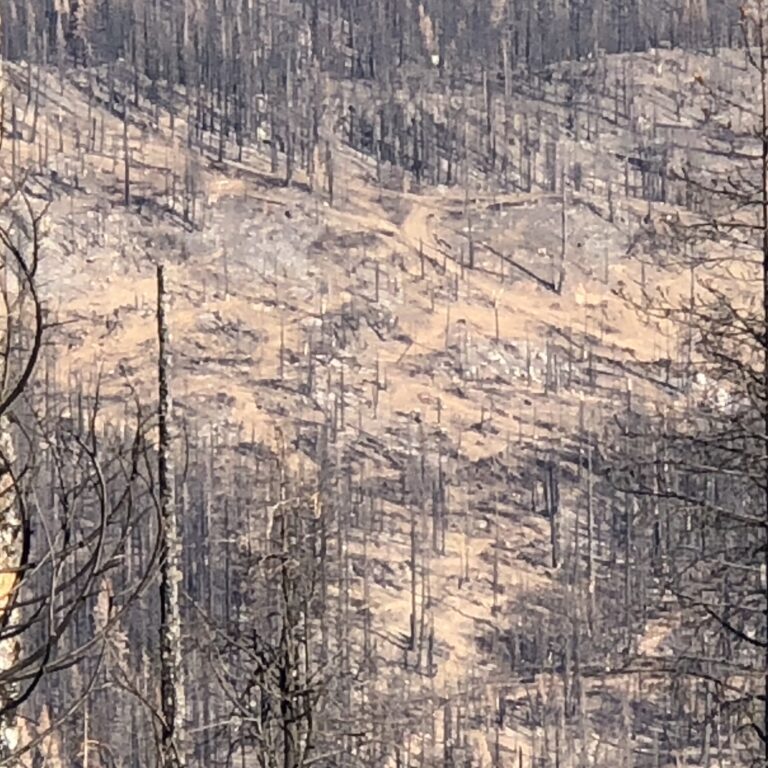
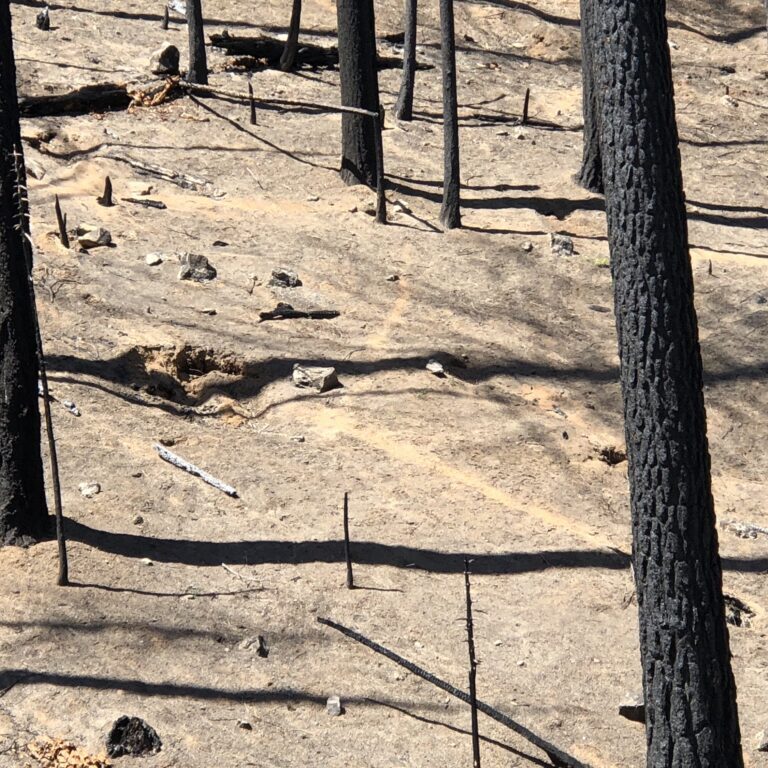
When John Muir Project and our colleagues investigated this issue, we found that the entire body of scientific research created by the U.S. Forest Service was false and misleading because it concealed tree mortality from thinning. In a series of unprecedented studies, JMP and colleagues included tree mortality from thinning, as well as wildfire, and found that thinning kills significantly more trees than it prevents from being killed, which undercuts the fundamental premise and political narrative being used to promote thinning.
JMP and colleagues also found that even big wildfires only consume less than 2% of the tree carbon-far less than "thinning" removes. JMP also found that denser, mature forests, with no thinning or other logging, tend to have lower, not higher, wildfire intensity, due to a cooler, more moist, microclimate, which thinning undermines.
In addition, JMP and our colleagues meticulously documented a pervasive pattern of "falsification of the scientific record" by government scientists associated with agencies that financially benefit from logging on public lands. These government-funded scientists, through a pattern of scientific omissions and misrepresentations, concealed from the public a massive body of scientific evidence showing that historical forests were on average much denser, and had far more higher-intensity fire, than previously assumed.
This evidence discredits the "overgrown forests" political narrative being used by the Forest Service and logging companies to promote widespread, destructive logging.
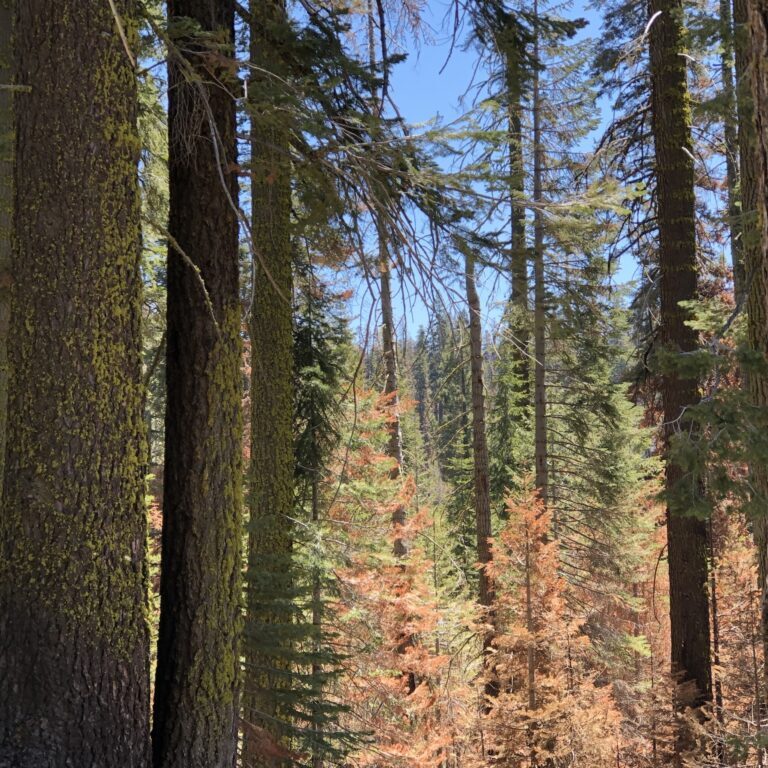
Recent studies and analyses on thinning and wildfire by JMP and our colleagues:
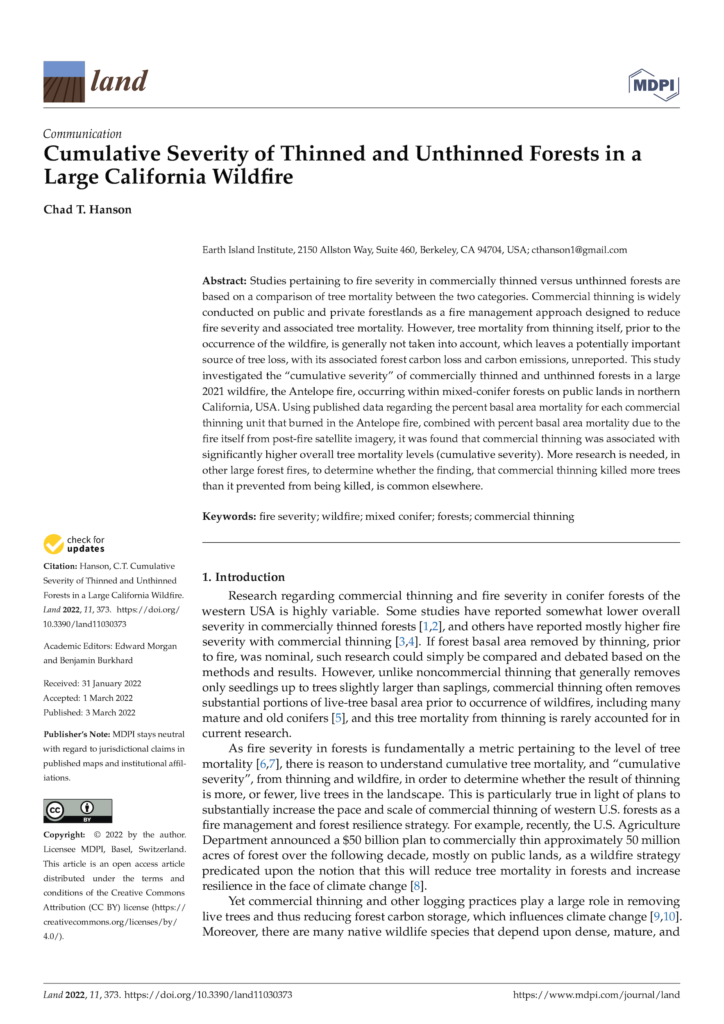
Cumulative severity of thinned and unthinned forests in a large California wildfire
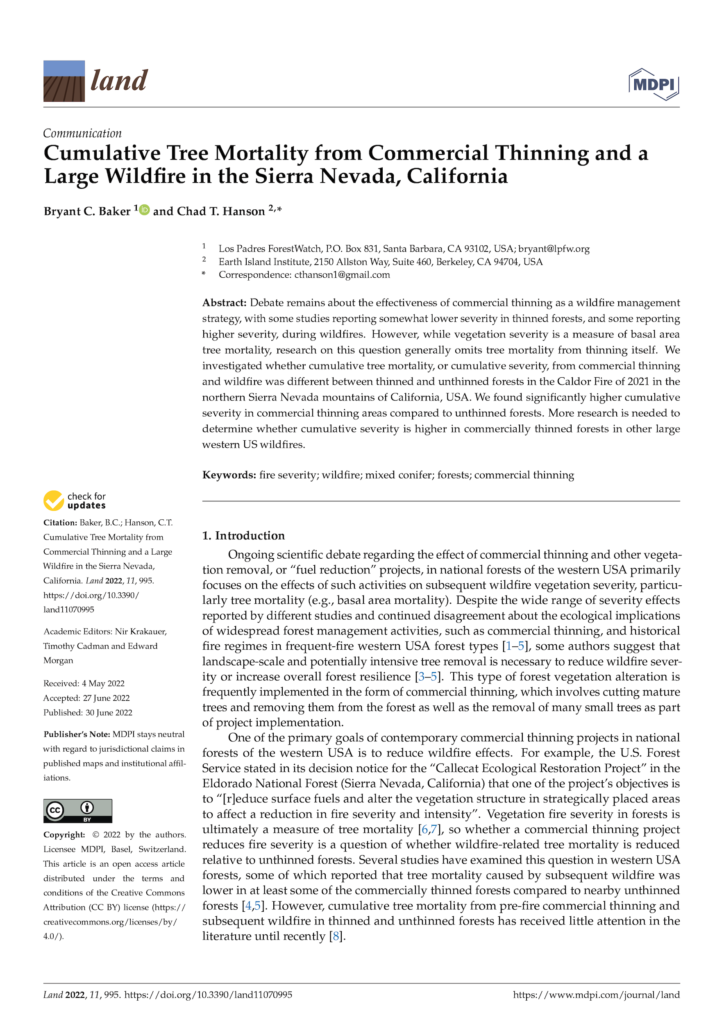
Cumulative tree mortality from commercial thinning and a large wildfire in the Sierra Nevada, California
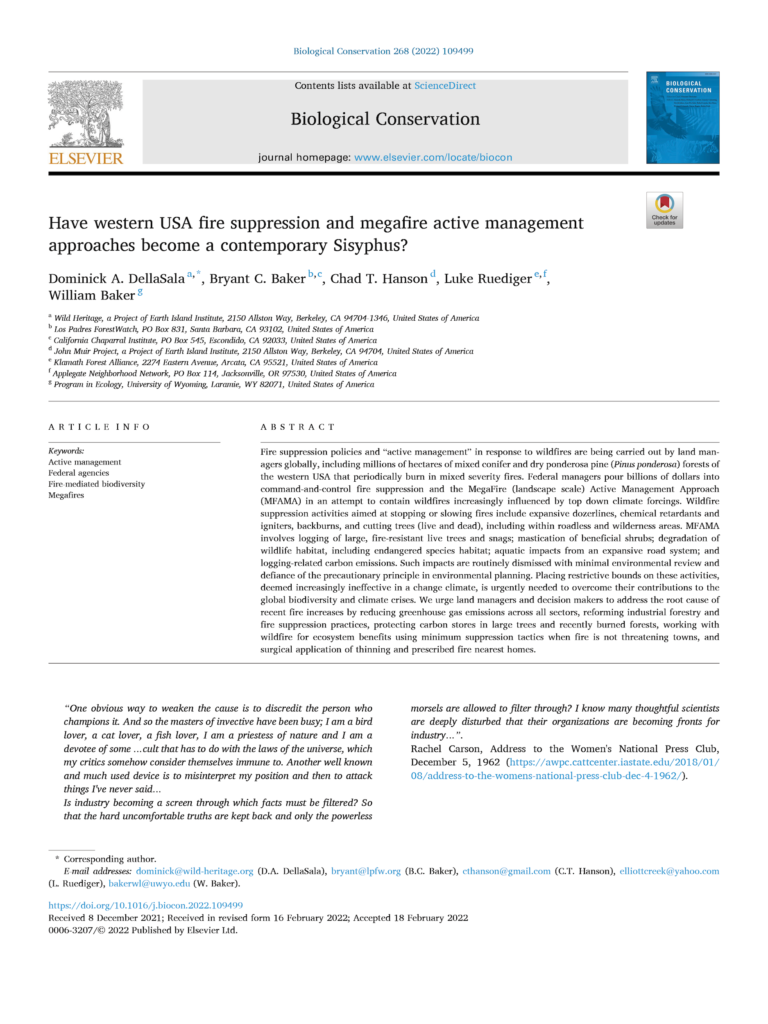
Have western USA fire suppression and megafire active management approaches become a contemporary Sisyphus?
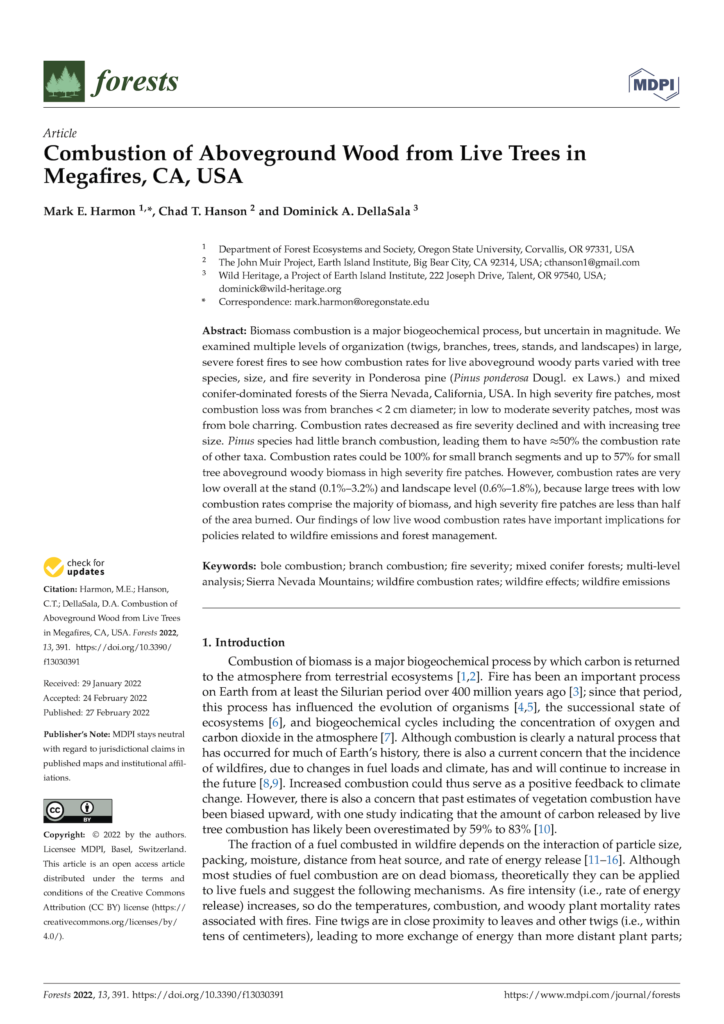
Combustion of Aboveground Wood from Live Trees in Megafires, CA, USA
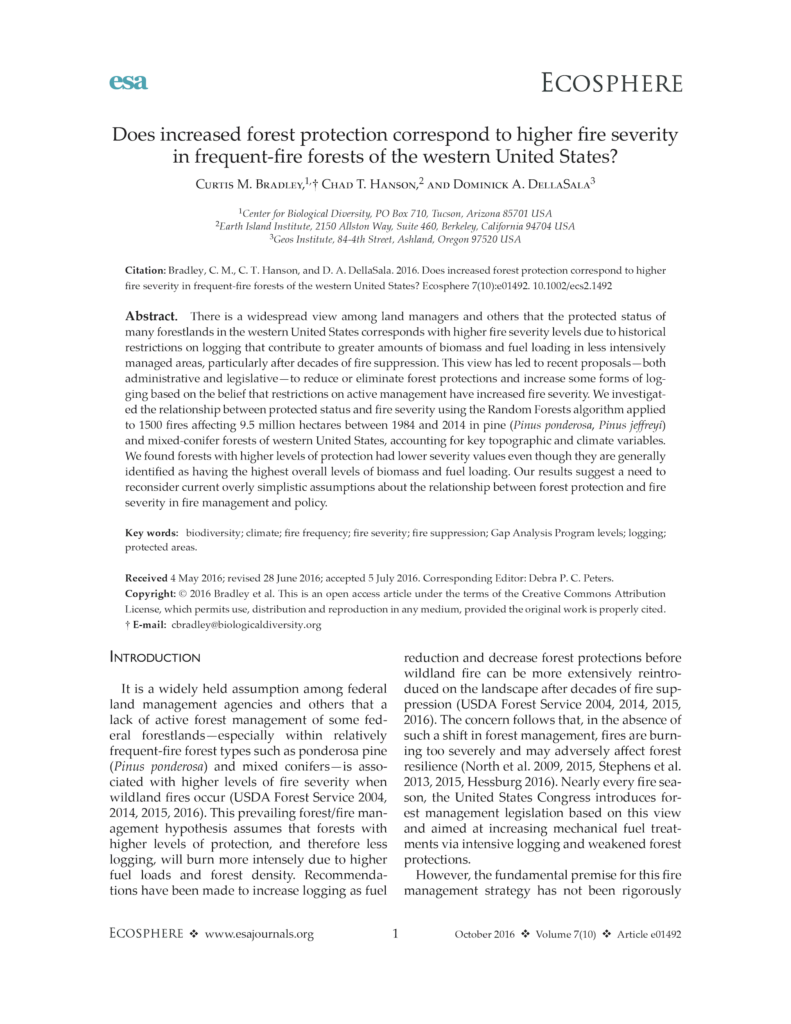
Does increased forest protection correspond to higher fire severity in frequent-fire forests of the western USA?
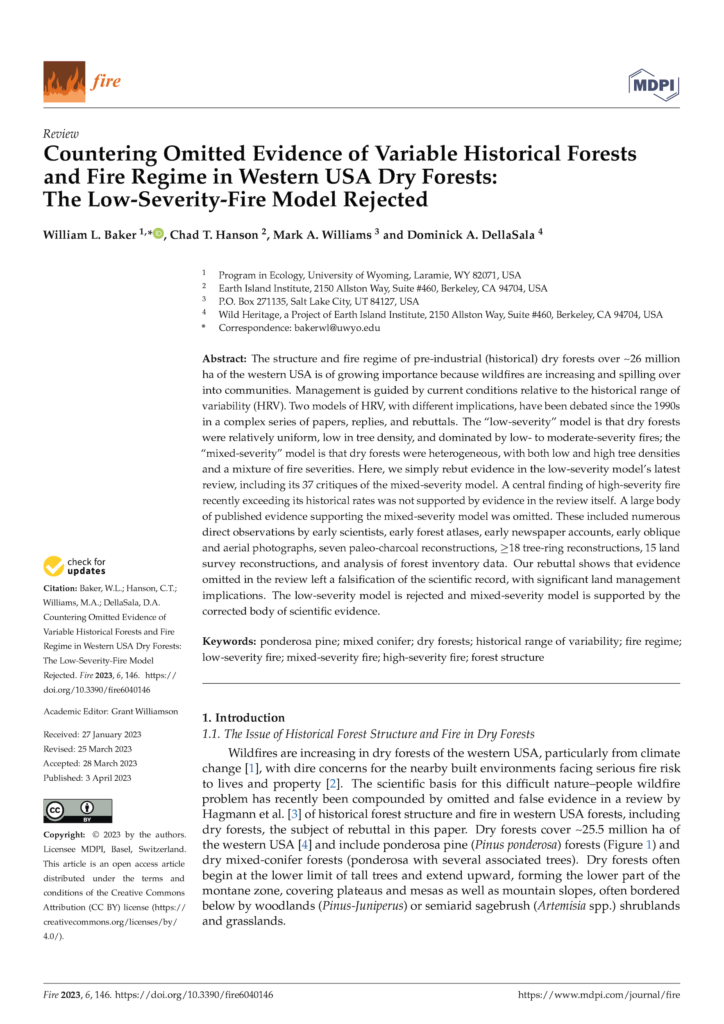
Countering Omitted Evidence of Variable Historical Forests and Fire Regime in Western USA Dry Forests: The Low-Severity-Fire Model Rejected
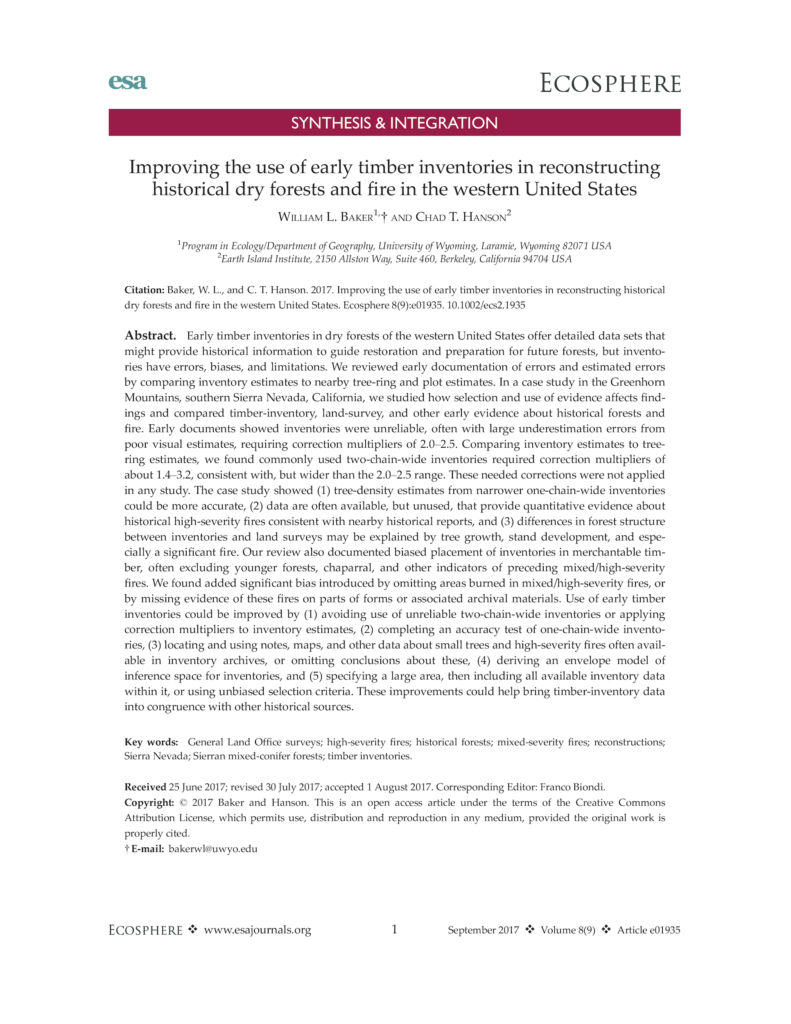
Improving the use of early timber inventories in reconstructing historical dry forests and fire in the western United States
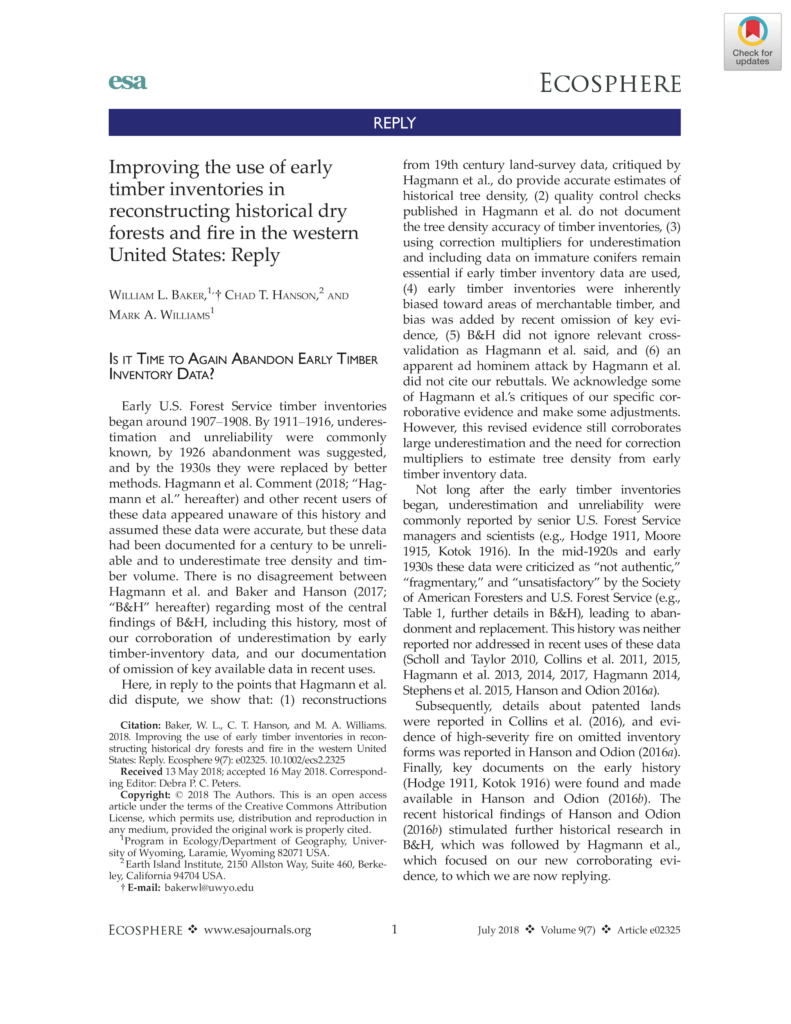
Improving the use of early timber inventories in reconstructing historical dry forests and fire in the western United States: reply
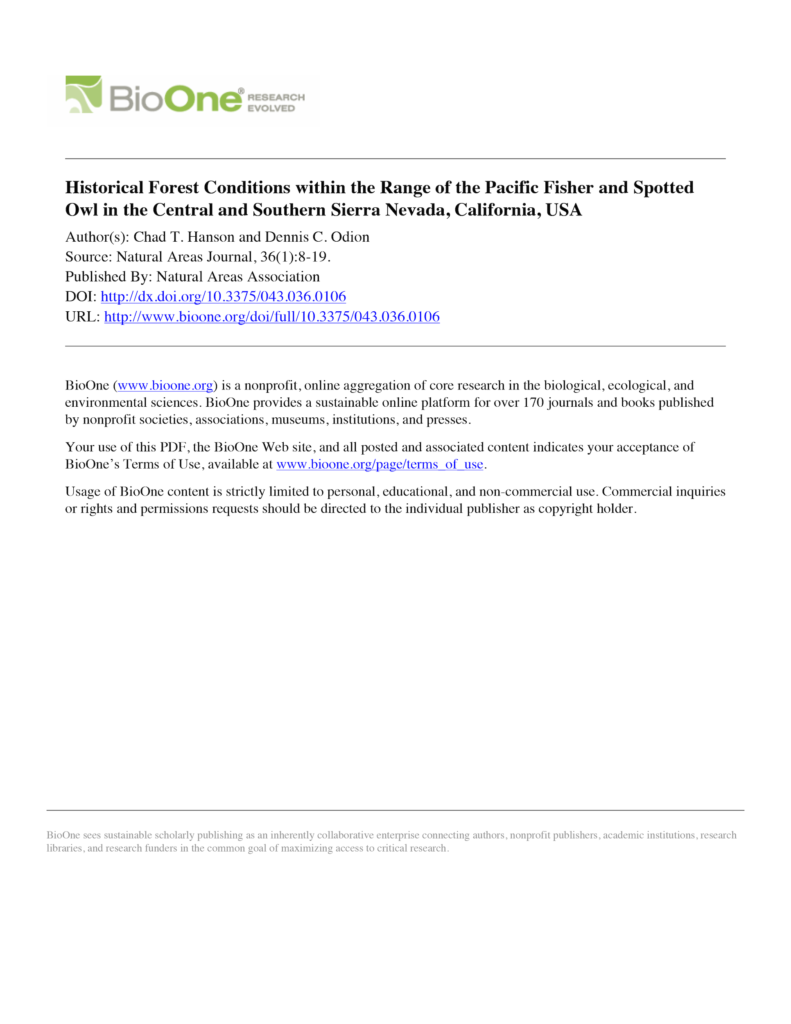
Historical Forest Conditions within the Range of the Pacific Fisher and Spotted Owl in the Central and Southern Sierra Nevada, California, USA
